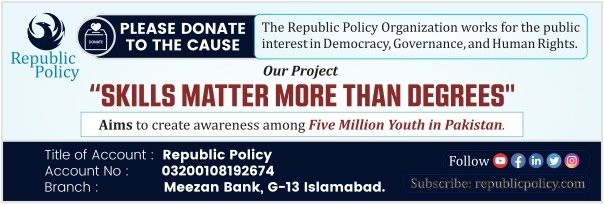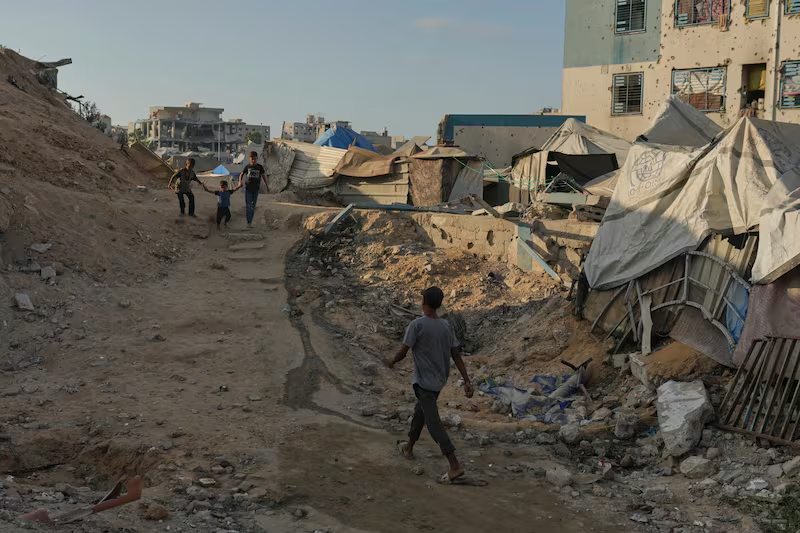Bilawal Kamran
In recent months, the Australian government’s proposal to prohibit teenagers from accessing major social media platforms such as Facebook, Instagram, TikTok, YouTube, and X (formerly known as Twitter) has ignited a heated dialogue about the safety of children online. Proponents of this ban, including Prime Minister Anthony Albanese, argue that restricting access to these platforms will shield adolescents from the heightened mental health issues, bullying incidents, and predatory behaviors attributed to excessive social media usage. However, while these concerns are undoubtedly significant, the outright banning of these platforms is akin to using a blunt instrument that may ultimately inflict more harm than good.
The undeniable surge in social media engagement among young Australians is striking. Data indicates that nearly 97 percent of teenagers in Australia actively participate on various platforms, positioning them among the most digitally connected youth globally. Nevertheless, removing access to these social media outlets does not merely strip away content; it also eradicates vital digital spaces where contemporary adolescents socialize, learn, and connect with one another. Indeed, it is true that social media has exacerbated issues related to body image, particularly among young women, and has facilitated exposure to risky behaviors, as evidenced by trends such as the ‘Tide Pod Challenge.’ However, these platforms have also served as critical venues for countless young individuals to embrace diversity, cultivate supportive communities, and explore identities that diverge from societal conventions.
Supporters of the ban often emphasize the responsibility of social media companies to foster safer platforms for users, which is a valid assertion. Educational institutions must arm young people with the tools to engage responsibly with social media, while parents should remain vigilant regarding online trends and actively guide their children’s online behavior. Meanwhile, the government has a role to play by establishing safer, more enriching third spaces for adolescents—like community centers, recreational programs, and secure digital platforms—where they can interact in a protected context. The absence of these alternatives frequently renders social media the default gathering space for teenagers, analogous to malls in the 1990s. However, one must acknowledge that social media can subject children to inappropriate content and potential exploitation. While a ban might mitigate exposure to such threats, it is crucial to consider the repercussions of such restrictions. Eliminating access to safe online environments could inadvertently lead to increased feelings of isolation among young people, depriving them of essential peer interactions fundamental to social development.
Moreover, a ban presupposes that restricting access to social media will address the underlying complexities of prevalent issues. The phenomena of bullying, grooming, and body image concerns are deeply entrenched in broader societal factors, not solely within the realm of social media. Tackling these challenges necessitates a long-term commitment to solutions that encompass media literacy education and parental engagement, equipping adolescents with the necessary skills to responsibly navigate social media landscapes. The influence of pop culture, with its often misogynistic undercurrents, plays a significant role in shaping body image concerns, and social media merely reflects these cultural standards. True and lasting change can only materialize through a transformation of this broader cultural narrative.
While the Australian government’s initiative has sparked a critical dialogue about online safety for children, it fails to offer a sustainable and comprehensive solution. Instead of imposing prohibitive access measures, Australia—and indeed governments worldwide—would be better served by embarking on a more balanced strategy that integrates stringent content regulations for social media providers, the implementation of robust media literacy programs, and the development of safe, engaging offline environments for teens. A populist approach, such as a ban on social media, may generate immediate public approval; however, over time, it risks further alienating and isolating young individuals who rely on these platforms for social connection and support.
The current debate has only just begun, and it is imperative for the government to thoroughly evaluate healthier, more constructive alternatives before resorting to a ban. Protecting teens in today’s increasingly digital world necessitates a nuanced understanding of their needs for connection, interaction, and community. Rather than invoking restrictive measures that could hinder their social development, we should focus on fostering an environment that promotes safe engagement in online spaces while also combating the underlying cultural issues that contribute to mental health challenges. In doing so, we can work towards creating a society that prioritizes both safety and connection for its youth in a responsible, holistic manner.
Pakistan should also learn from international experience. Banning social media is not the solution; rather, it is regulating it.














